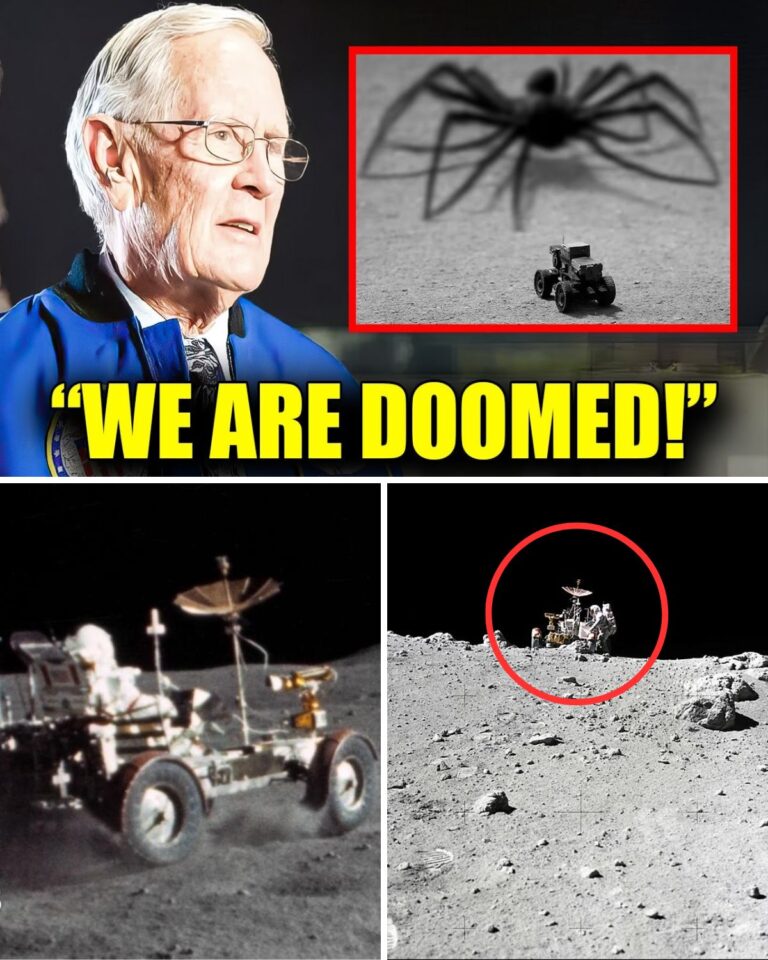In a stunning resurgence of scrutiny, NASA’s handling of the Challenger disaster is once again under the microscope as newly highlighted testimonies and declassified records shed light on how the agency shaped the narrative of one of the darkest days in space exploration. On January 28, 1986, just 73 seconds after liftoff, the Space Shuttle Challenger disintegrated in a fireball against the morning sky, killing all seven astronauts aboard and plunging the nation into grief. But behind the tragedy lay a complex web of ignored warnings, internal conflicts, and decisions made under immense political and public pressure.

In the immediate aftermath, the world demanded answers. NASA initially framed the explosion as an unforeseen technical malfunction—an unfortunate, unpredictable event in the inherently dangerous realm of spaceflight. Yet engineers from Morton Thiokol, the contractor responsible for the shuttle’s solid rocket boosters, had sounded the alarm well before the launch. The culprit they feared: the O-rings, rubber seals critical to preventing hot gases from escaping the boosters. These seals had previously shown vulnerability in cold weather, and the launch day’s freezing temperatures posed a clear risk.
In an urgent teleconference the night before the launch, engineers pleaded with NASA to postpone. They presented data, concerns, and stark warnings about the dangers of proceeding. But as eyewitness accounts and internal documents reveal, management figures pushed back, questioning the engineers’ conclusions and emphasizing the importance of maintaining the shuttle program’s schedule. The pressure was immense—millions were watching, schools across America were preparing to see Christa McAuliffe, the first teacher set to go into space, make history. The cultural and political stakes of delaying the launch loomed heavily over the decision.

When President Reagan appointed the Rogers Commission to investigate the disaster, the initial cracks in NASA’s narrative began to show. The commission uncovered a troubling culture inside the agency—one marked by overconfidence, breakdowns in communication, and a pattern of minimizing engineers’ concerns. What had been publicly portrayed as a tragic accident slowly emerged as a preventable catastrophe, the result of systemic failures and the prioritization of image over caution.
As the investigation pushed forward, NASA’s struggle between transparency and self-preservation became increasingly evident. The agency hesitated to release certain internal communications, fueling public suspicion. Journalists uncovered testimonies indicating that officials attempted to keep disagreements quiet in the critical hours before launch, further intensifying the belief that NASA had shaped the narrative to protect both the shuttle program and its reputation.

In the years since, the Challenger disaster has remained a painful chapter in the history of space exploration—one that symbolizes not only technological vulnerability but also the profound consequences of human decision-making under pressure. It forced NASA to reevaluate its safety protocols, restructure its communication channels, and confront the cultural issues that contributed to the tragedy. The lessons learned reshaped the Space Shuttle program and influenced every mission that followed.
Yet, as new information resurfaces and long-buried documents are reexamined, a renewed call for accountability echoes across the scientific community. The Challenger crew—McAuliffe, Scobee, Smith, McNair, Onizuka, Resnik, and Jarvis—deserve more than a sanitized narrative. Their legacy demands honesty. Their memory demands transparency. And the world, even now, seeks the full story of how ambition, pressure, and avoidable mistakes converged on that cold January morning.
The Challenger tragedy stands as a somber reminder that progress in space comes with a human cost—and that vigilance, integrity, and truth must guide every mission, no matter how great the pressure to soar.
https://youtu.be/Rdx4rj08WPk





